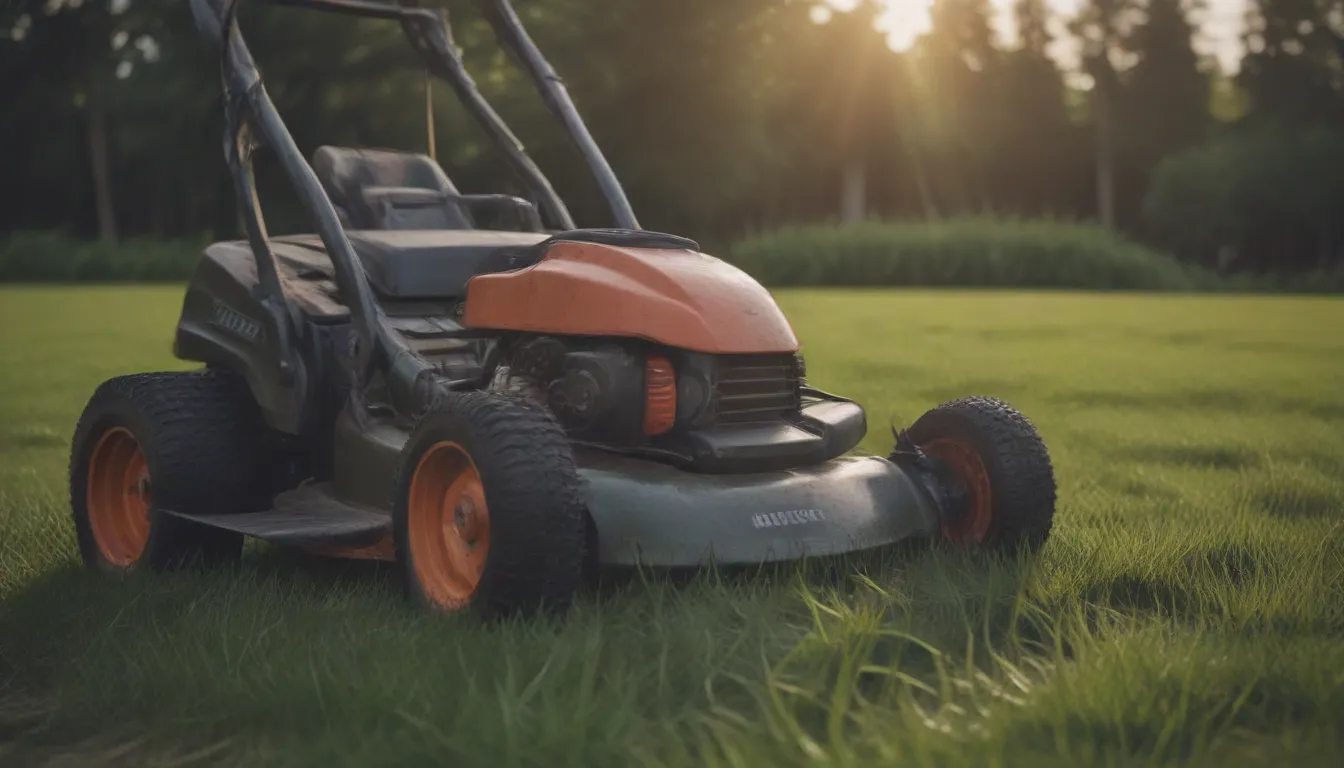How Often Should You Mow Your Lawn: A Comprehensive Guide

Maintaining a beautifully manicured lawn is a point of pride for many homeowners. However, determining how often to mow your lawn can be a bit of a puzzle. Variables like rainfall, grass type, and fertilization timing all play a role in establishing an effective mowing schedule. In this guide, we will delve into the specifics of lawn care to help you achieve a lush, healthy lawn that is the envy of your neighborhood.
Setting the Mowing Schedule
- Tip: Mowing is most efficient when the grass is dry, has grown to no more than 50 percent of its previous height, and when the mower blades are sharp.
When it comes to establishing a mowing routine, here are some general guidelines to consider:
-
Cool-Season Grasses such as fescues, bluegrass, and ryegrasses grow vigorously during spring and fall. These grasses require more frequent mowing during periods of higher rainfall. Mowing on the higher side of the optimum height during spring can help suppress broadleaf weeds.
-
Warm-Season Grasses like Zoysia, St. Augustine, Bermuda grass, and buffalo grass grow most during the summer but require more frequent mowing in areas with abundant rainfall.
-
Shade Grasses do best in shady areas, with cool-season grasses typically thriving in such conditions. Mow grass in shaded areas on the higher side and less frequently. Creating alternative landscaping like perennial flower beds or moss lawns can reduce the amount of lawn needed in shaded spaces.
New Lawn Care
When caring for a new lawn, it’s crucial to wait until the grass is actively growing before mowing it. Mowing too early can damage the tender leaves. Once the grass has reached the optimal height for its type, which may take about two months, it’s safe to begin regular mowing. For newly laid sod, it’s important to wait a few weeks for the roots to become established before mowing.
The 1/3 Rule
Mowing your lawn too low can lead to damage and stress on the grass. The 1/3 rule advises against removing more than 1/3 of the grass height at a time. Cutting below the optimum height can hinder root development and lead to issues like weed infestation and susceptibility to disease and extreme weather conditions.
- Tip: Keep mower blades sharp to minimize the damage caused by mowing.
Managing Grass Clippings
During peak growth periods, mowing can leave behind unsightly clumps of grass clippings on your lawn. To avoid this, mow more frequently and ensure that the clippings are short to decompose quickly and benefit the grass.
- Tip: Avoid using herbicide-treated grass clippings as mulch and limit mulch to 1 to 2 inches of dry grass clippings.
Additional Tips:
- Mowing in Wet Weather: Always wait until the grass is dry to mow to prevent damage to the turf.
- Post-Fertilization Mowing: Allow one to two days after fertilizing before mowing to ensure the fertilizer has time to absorb into the soil effectively.
In conclusion, the frequency at which you mow your lawn depends on various factors such as grass type, weather conditions, and lawn growth. By following these guidelines and staying attentive to the needs of your lawn, you can maintain a lush and healthy outdoor space that you can be proud of. Happy mowing!
Sources:
– North Dakota State University: Types of Grasses
– Purdue University Extension: Establishing a Lawn From Sod
– University of Minnesota Extension: What to do with lawn clippings





